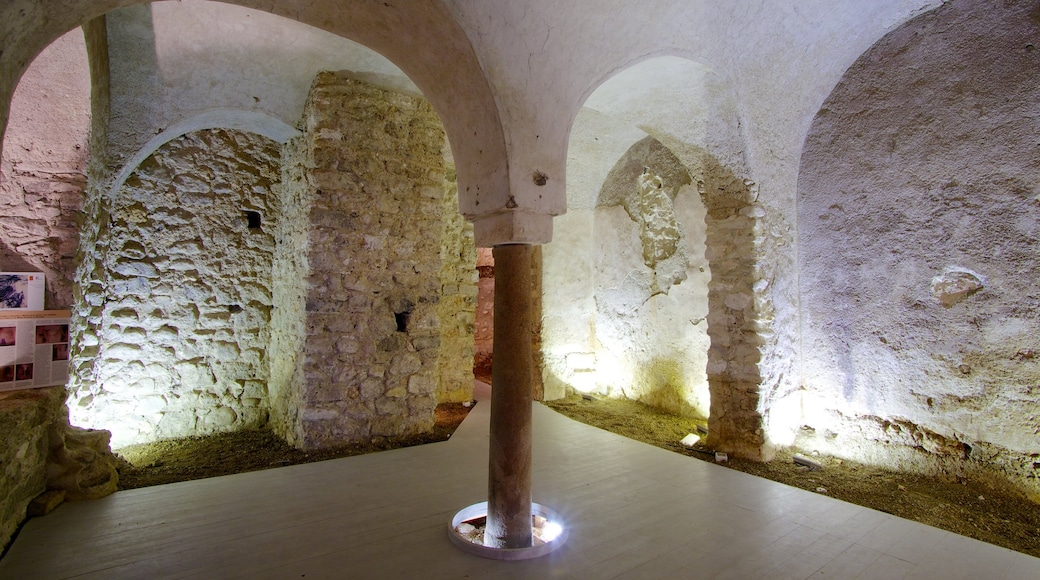A 12th-century statue, ancient bas-relief and stunning architecture make this church one of Positano’s most popular attractions.
Stand on the beach in Positano and you’ll see the basilica of Santa Maria Assunta. The central yellow, green and blue majolica-tiled dome makes the 10th-century church stand out against the town’s pretty pastel buildings.
Walk up to the piazza in front of Basilica Santa Maria Assunta for a close-up look of the 18th-century bell tower and the church’s impressive facade. A relief above the bell tower door is actually older than the rest of the church. It belonged to a Benedictine Abbey dedicated to San Vito, a patron saint of Positano, that once stood on this site. The carving of the fish, fox and dragon-like creature are one of the few ancient relics that remain.
Inside the church is white and gold. Its centrepiece is the Byzantine statue of the Black Madonna above the main altar. Legend has it that the 12th-century icon came from a ship that got stranded off Positano. Sailors thought they heard the statue calling to be taken off the ship, and the captain ordered to have it stay in the seaside village.
Winged cherubs sit above the arches in the church and artworks adorn the walls. Explore the side chapels and altars and you’ll see a collection of paintings. One of the most famous works here is Circumcision by Fabrizio Santafede.
Beneath the church lies an ancient Roman villa. While the church’s crypt was being renovated, workers uncovered frescoes of seahorses and cupids adorning the villa’s walls. The site is closed to the public while archaeologists try to uncover more artifacts.
The Basilica Santa Maria Assunta lies just off the main beach in Positano. Most of the streets are pedestrian-only and just one road lets cars in and out of the town. Come by bus from Amalfi or park the car and navigate the cobblestone streets on foot. The church is open every day and is free to enter.
































































